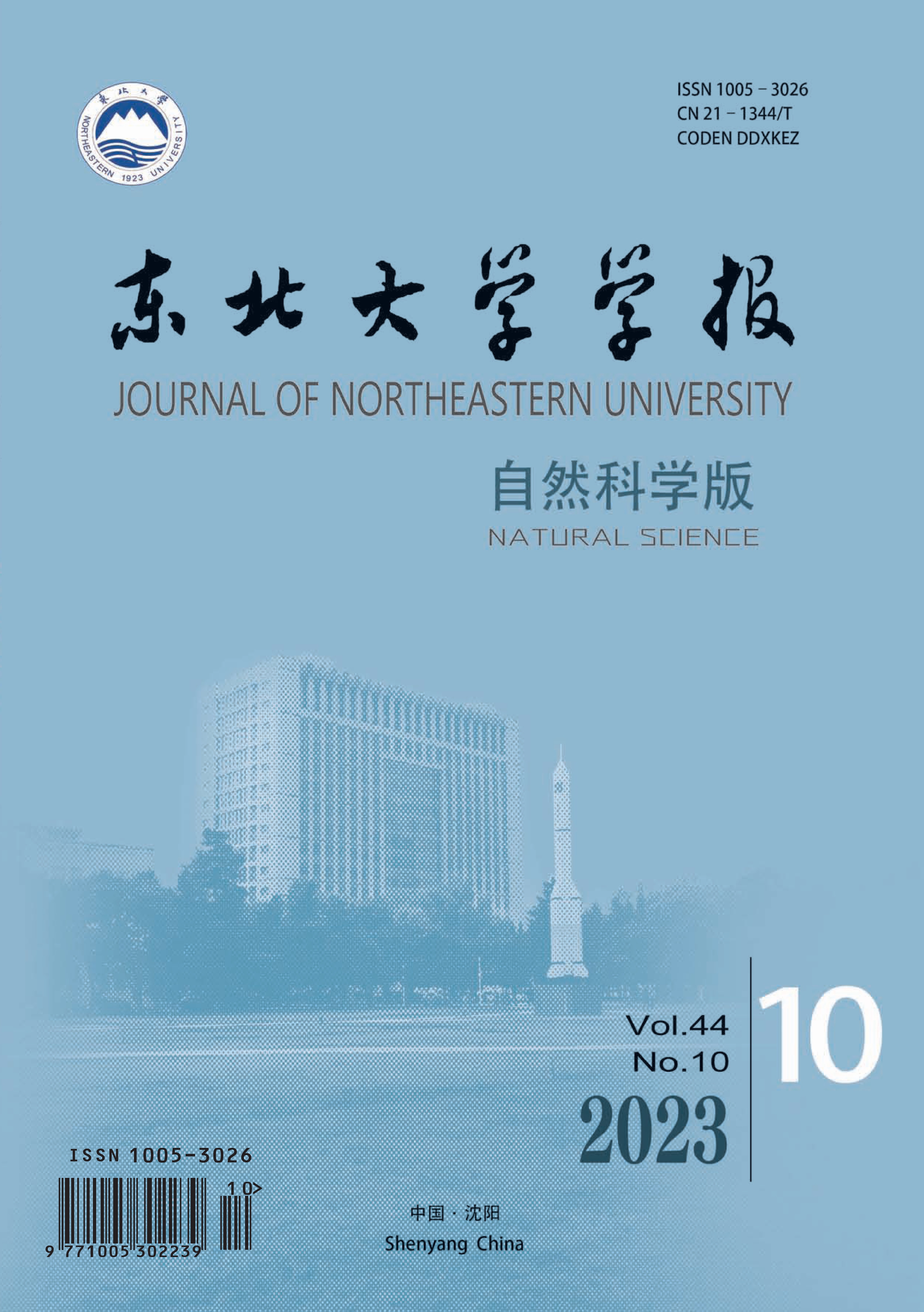|
Classification and Identification of Excavators’ Working Stages Based on Deep Learning
LIU Wei-wei, DENG Jian-yang, ZHANG Jing-wen, NIU Dong-dong
2023, 44 (10):
1464-1474.
DOI: 10.12068/j.issn.1005-3026.2023.10.013
In order to realize the automatic identification of each working stage of excavators’ operation cycle, an intelligent identification method is adopted which takes the pilot pressure of actuators, and the pressure and power of the main pump as the identification objects. The working stages were divided by the pilot pressure change of each actuator, and then verified by the pressure and power change of the main pump. Defining the waveform that begins with each working stage as the staged symbol, the data features were extracted and the optimal time window width was determined in the form of time-window slips. Deep learning was used to identify each segment marker. Comparing the identification effects of ResNet and LSTM neural networks, which are widely used in the field of classification identification in deep learning, it was found that LSTM has better identification effects, and the identification accuracy of the test set can reach 99.75%. LSTM is used to identify the test data, and the identification accuracy is only 82.54%, indicating that there exists misidentification. Based on the logical sequence of excavators’ working stages and the power threshold of the main pump, the identification accuracy can be increased to 99.72%. The results show that the proposed method has high identification accuracy and good real-time performance, and can effectively identify each working stage of the operation cycle.
References |
Related Articles |
Metrics
|

